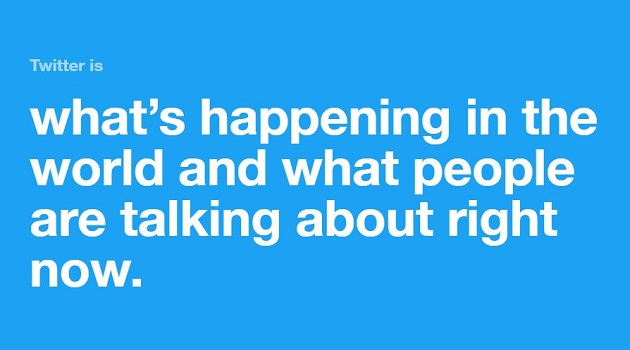
A study of tweets sent between 2006 and 2017 claims that false stories travel faster and farther than true ones. The false stories are also retweeted by more people, more quickly.
On a contrary, true stories take six times longer to reach even 1,500 people.
Twitter is a free social networking service where users post ‘updates’ in limited characters. It should have been ideal for keeping in touch with networks of like-minded people, sharing information from events, canvassing a peer group about a topic or just having conversations.
Twitter conducts survey on credibility
But, thanks to the practice of sharing news on this platform, and then fake news, a new debate is on, the world over – How credible is Twitter!
Twitter itself conducted a limited survey recently among its users, to whom it asked: “How much do you agree that the people who post on Twitter are credible?”
The next question put to the users was – How much do you agree or disagree that the content you see on Twitter are credible!
Journalists source news from Twitter
A casual look of Twitter handles of journalists and editors of Indian media houses would reveal how frequently do they resort to this social media for ‘breaking’ news. They even quote Twitter ‘updates’ of people and source stories from this social media platform.
Also, there is hardly any politician or a government department or a religious institution which does not have a Twitter account. Today, even Pope has a Twitter handle.
Then, you have Twitter accounts which command huge audiences and they can be saying whatever. People are also seen ‘growing’ followers on Twitter, and promoting their tweets.
According to research psychologist Peggy Drexler, a generation that’s lost faith in institutions puts itself in the hands of social media.
She wrote in the TIME that ‘truth in social media is of little consequence, millennials are more willing to take the word of strangers on the Internet than people they know’.
One would agree that online misinformation on Twitter reaches alarming heights whenever there is a major news developing.
To top it all, there are fake accounts, parody handles, fans and more than one verified accounts of a single person. This makes one wonder which account to suspect and which one to trust.
Boasting and exaggeration are also very common on Twitter as people go to great extents to prove their point, and their own (conspiracy) theories. This makes one’s task difficult to ascertain the validity of information shared on this platform.
No doubt Twitter is flooded with rumours and misleading information, but so is the Internet. And do you think what you read in the ‘mainstream’ media is correct and trustworthy?
“Making Twitter safer is a job that’s never complete. Nor is it a job we can do alone,” says Ronan Costello working for Twitter’s policy outreach. “As we look to 2019, we know that there’s a lot of work to do. While we’ve made progress and learned a lot, the job isn’t done. We won’t stop working to build a healthier Twitter, so people feel safe and are able to find high-quality information on our service.”
The great blue tick on Twitter profile
Twitter’s concept of verified handles is also weird. A verified handle is an user account for which Twitter manually authenticates its identity. Typically these users are celebrities from many different areas.
Visually, verified users are marked with a special symbol that represents a check mark. This leads to a new cult that Twitter creates.
A fine example of this was demonstrated when a ‘famous’ Indian – Prashant Kishor – joined Twitter. With just one tweet, he had hundreds of thousand of followers, and surely a verified account status.
As a matter of fact, the world needs credible media – mainstream or social – to contribute to making the people aware of situations as they happen. Till then, you run the risk of constantly being fooled.